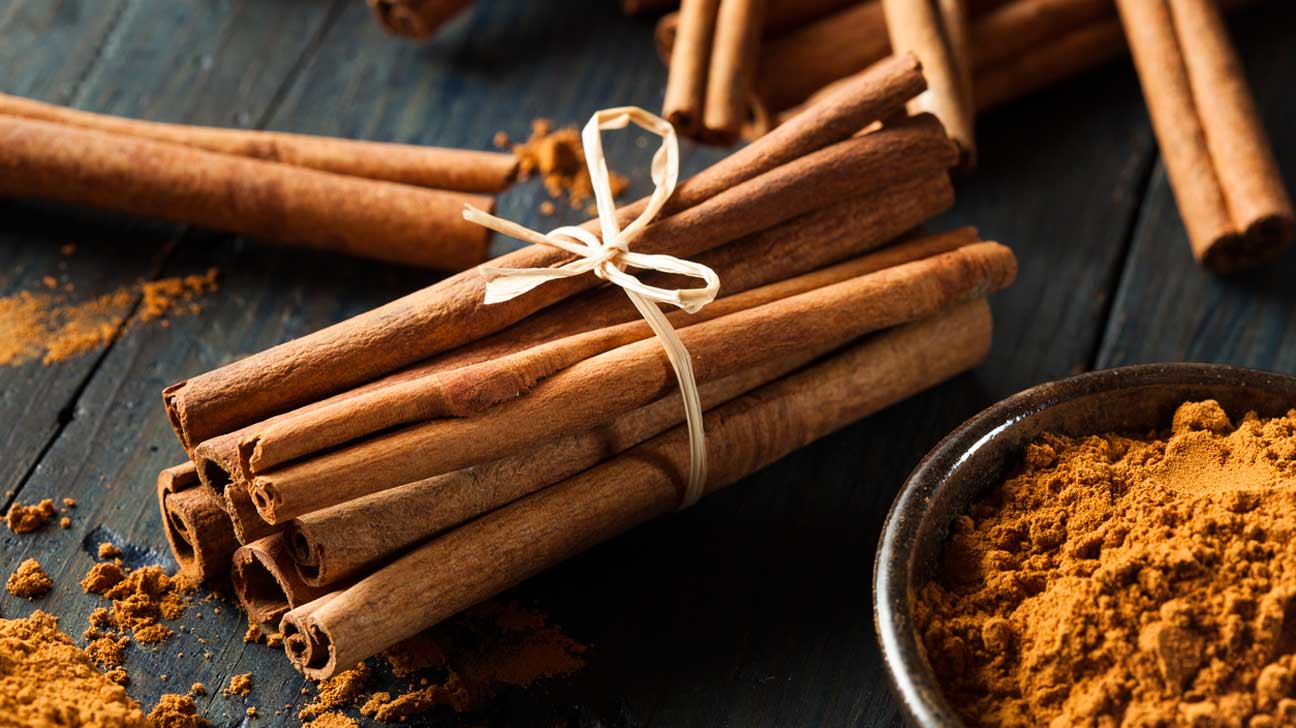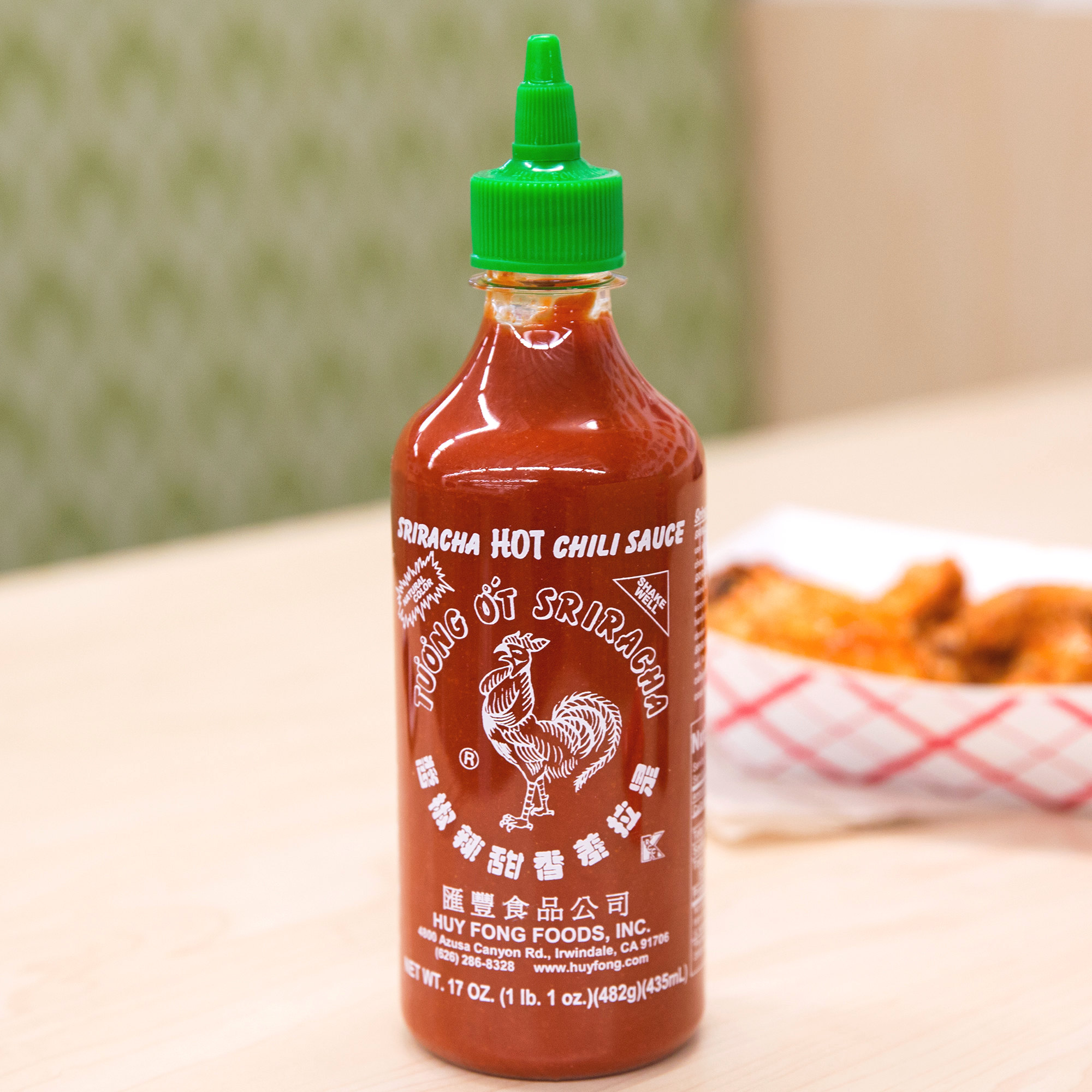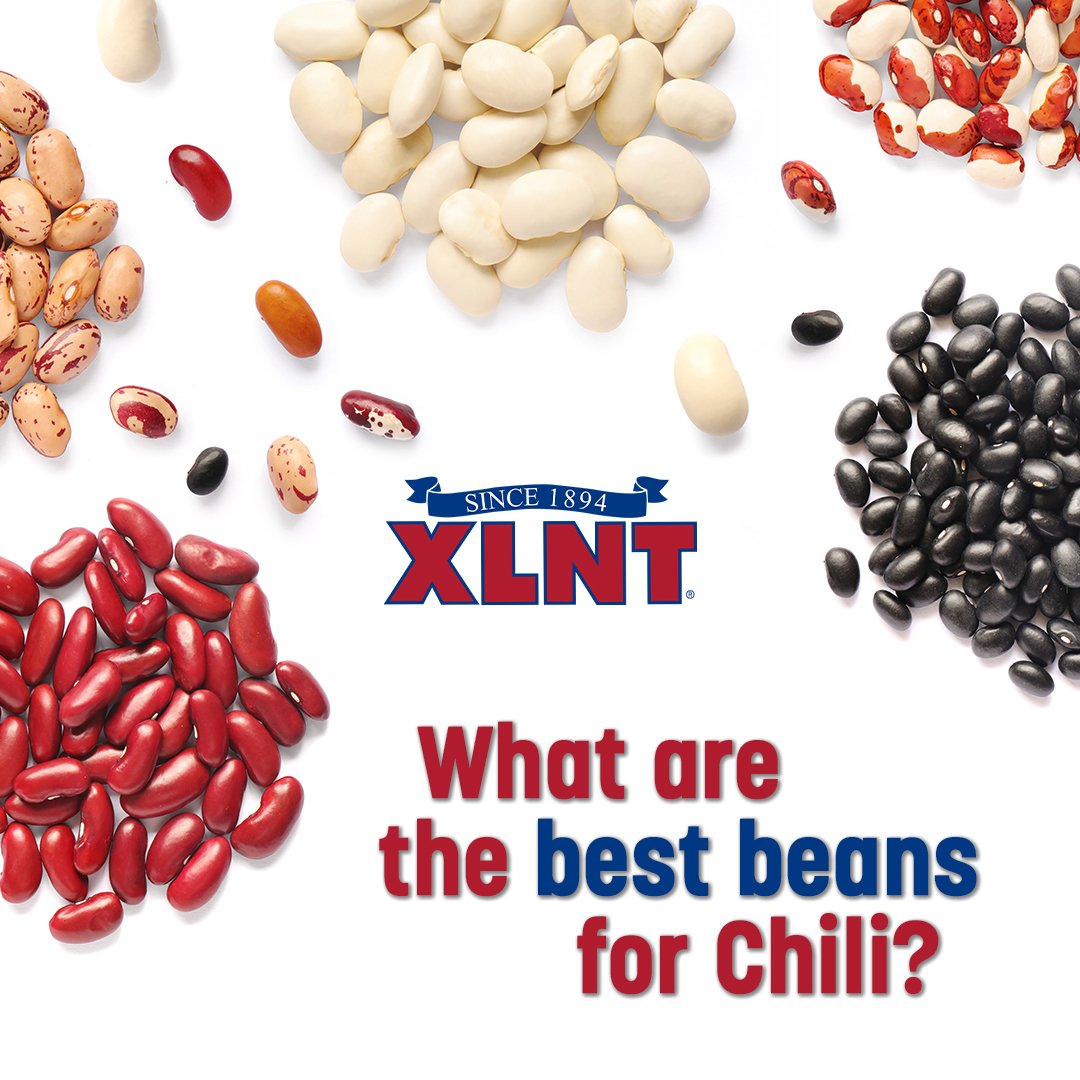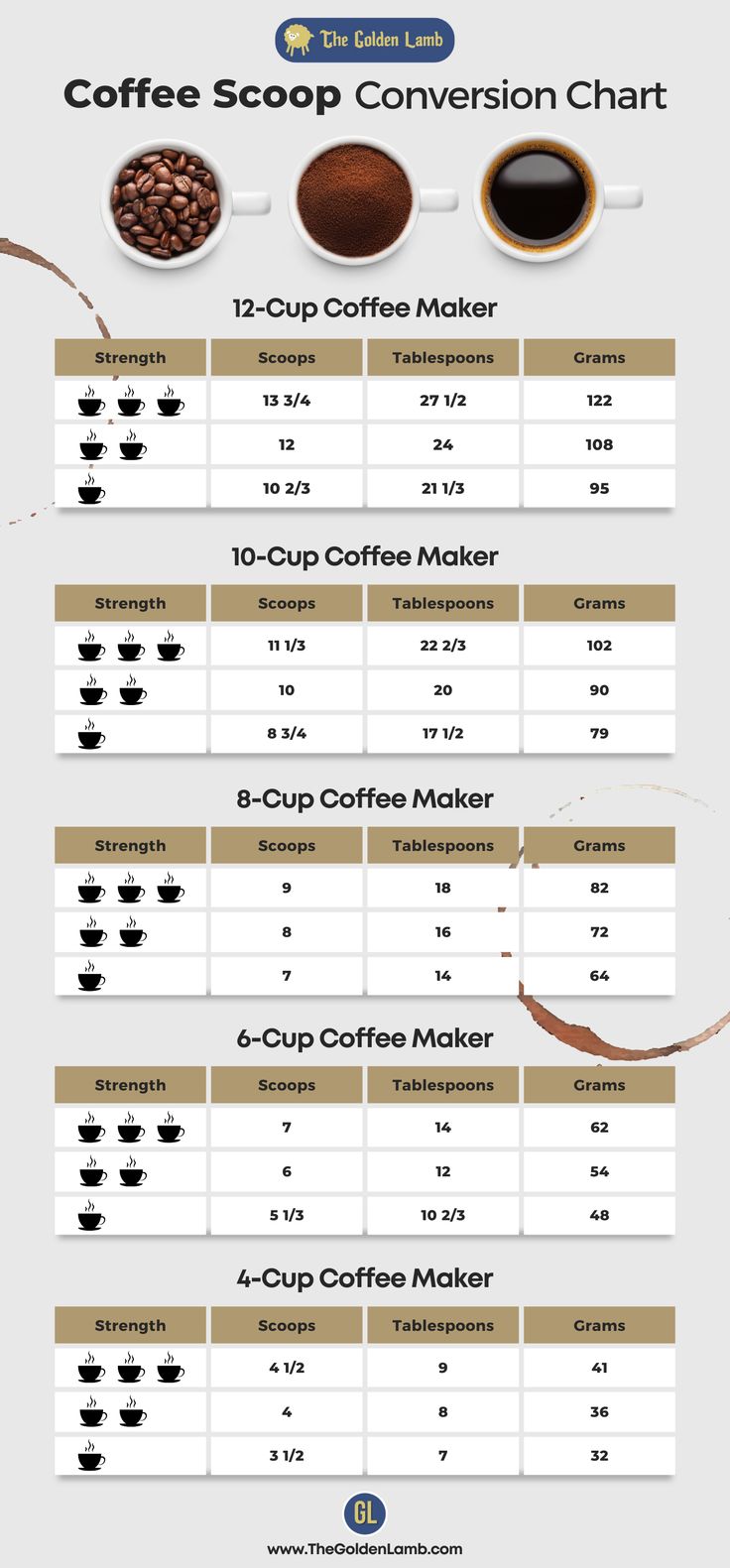Can You Eat Cinnamon Sticks? Discover Their Surprising Benefits!
– Cinnamon sticks are a natural spice made from the bark of cinnamon trees.
– It is not recommended to eat cinnamon sticks raw as they can be hard on the digestive system.
– Cinnamon sticks are dried bark that is rolled into sticks and used as a spice.
– It is generally recommended to grind cinnamon sticks into a powder or stir them into food while cooking instead of chewing on them.
– Eating too much cinnamon can cause health problems due to high levels of coumarin, a natural blood thinner that can cause liver damage.
– It is best to consume no more than one three-inch stick of cinnamon per day.
– Cinnamon sticks have health benefits, including being a good source of antioxidants and having anti-inflammatory properties.
– Cinnamon sticks can be used to make tea by infusing them in hot water.
– Cinnamon sticks can be used as natural stirrers for tea or coffee, giving a subtle cinnamon flavor and aroma.
– Adding a cinnamon stick to rice while cooking can provide a subtle cinnamon flavor and aroma.
– Cinnamon sticks can be added to slow-cooked meals or roasts for additional flavor.
– Cinnamon sticks can be used to add flavor to dishes and can be cooked with meats like beef, pork, and chicken.
– They can also be added to soup broths for a cinnamon flavor and aroma.
– Real cinnamon sticks should have a dark brown color and smooth texture.
– Real cinnamon should feel powdery and not sticky when rubbed between fingers.
– The fragrance of real cinnamon should be sweet and spicy.
– Real cinnamon should taste mildly sweet with no bitter aftertaste.
– There are no known health risks associated with eating cinnamon sticks raw, but it is not recommended.
– Cinnamon sticks can be used as a garnish for cocktails or as a home fragrance by simmering them in water.
– There are two types of cinnamon: Ceylon cinnamon and Cassia cinnamon, each with a different flavor profile.
– This article discusses alternative ways to consume cinnamon sticks instead of chewing on them.









